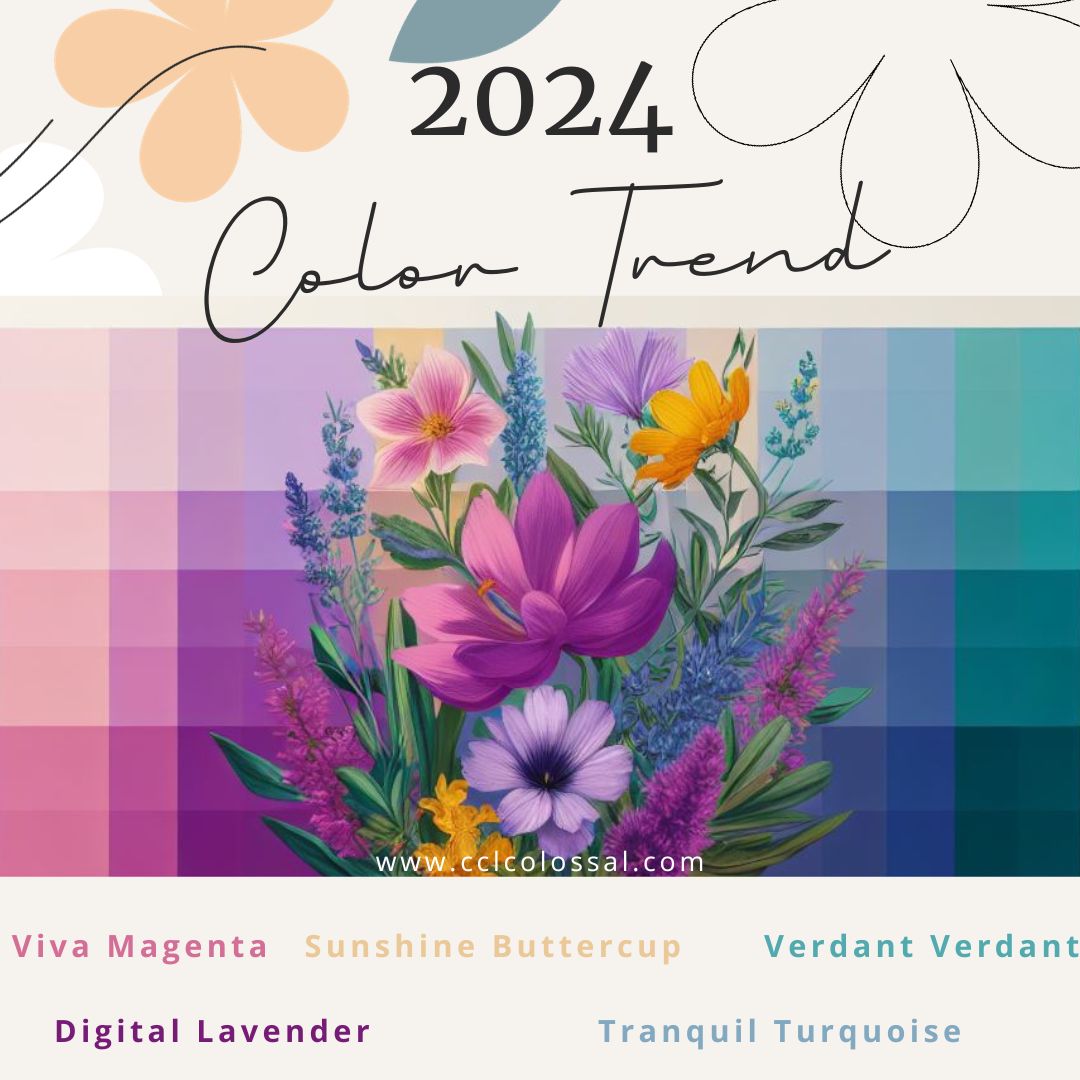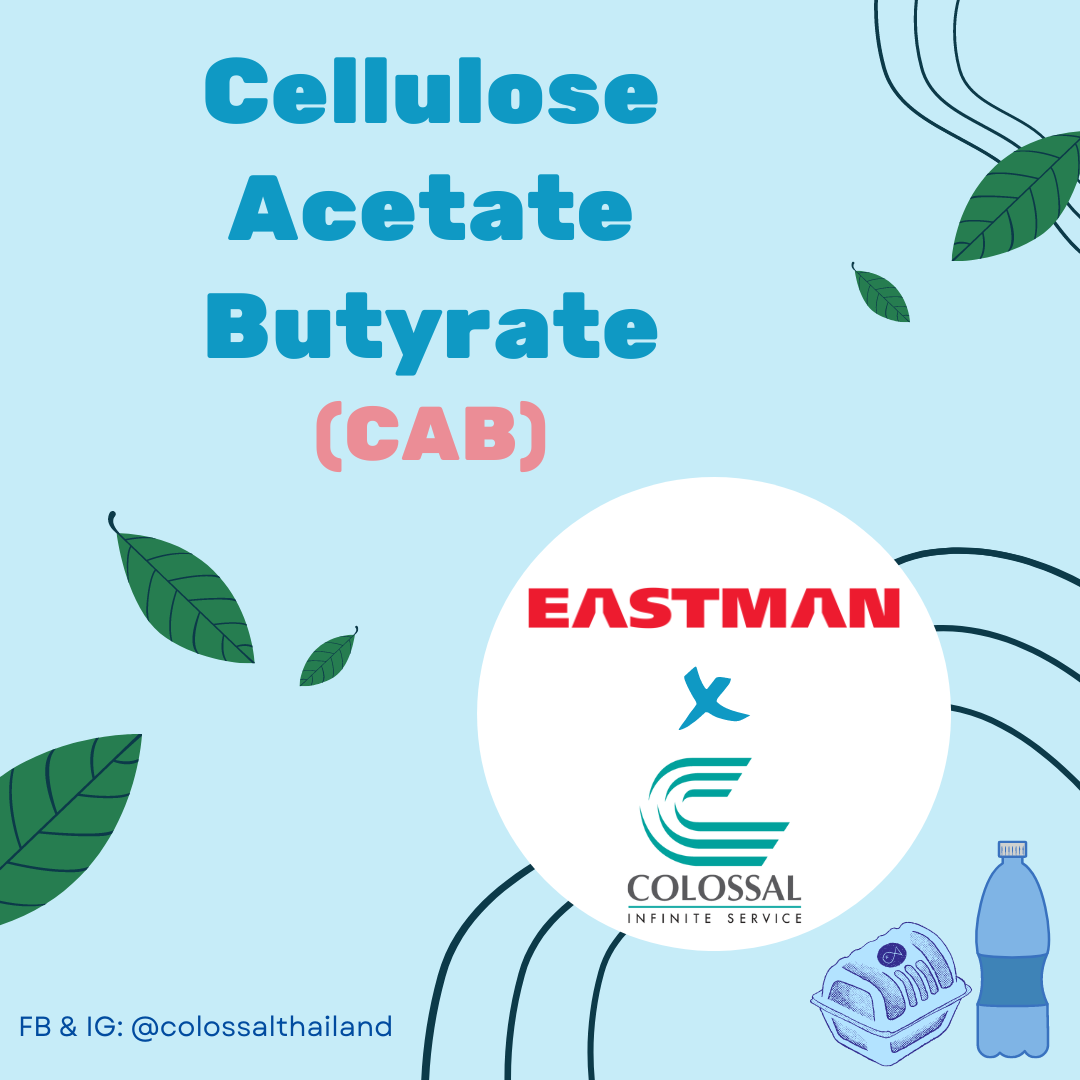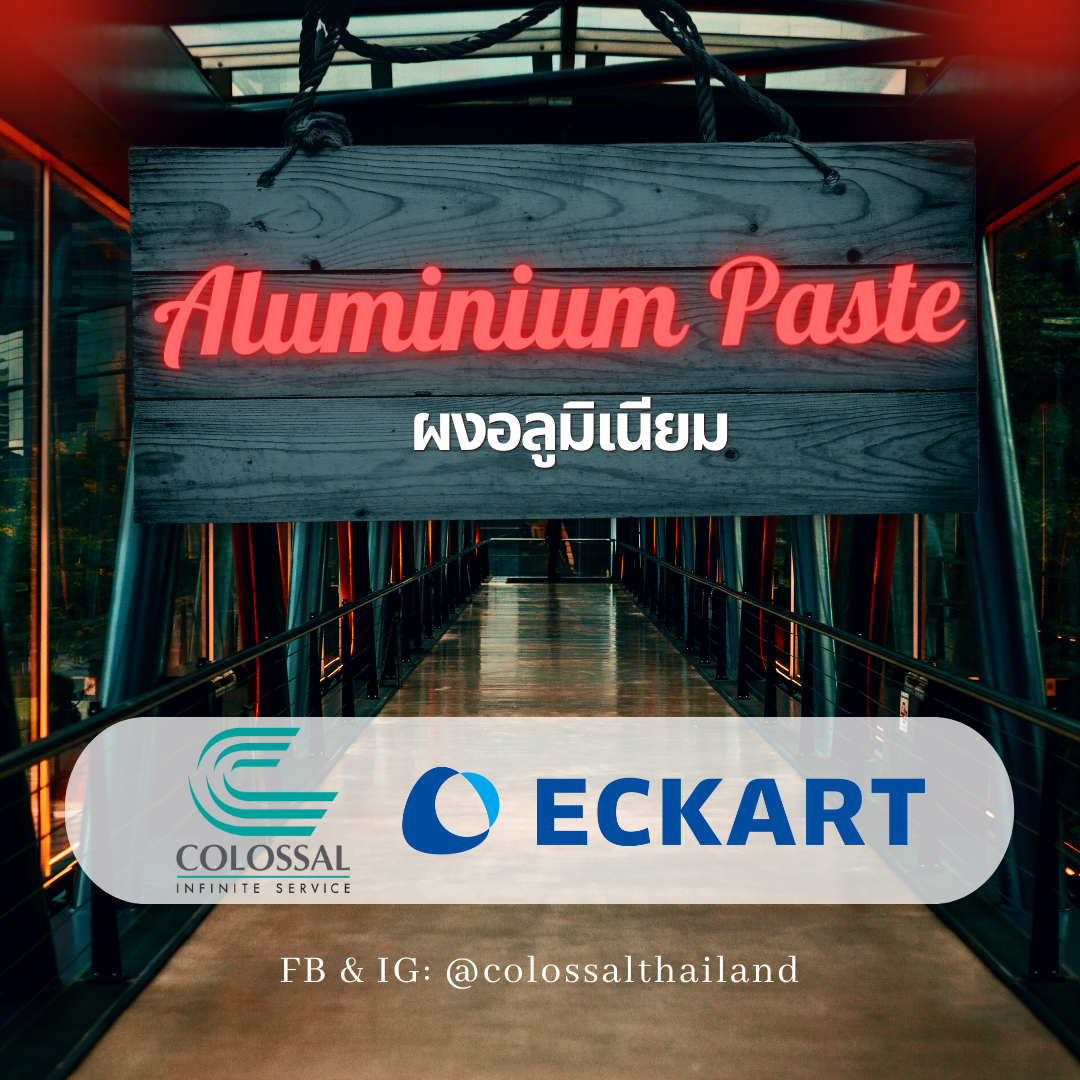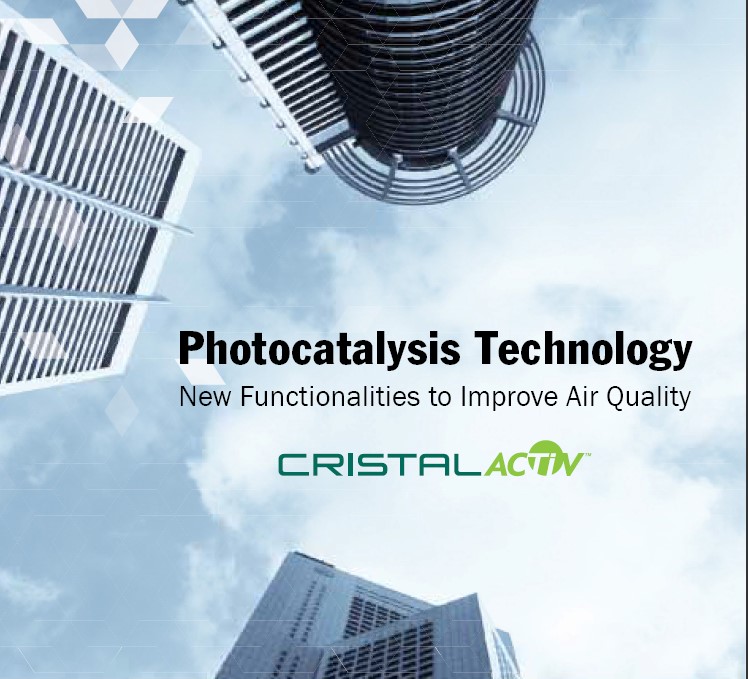กระบวนการผลิต Titanium Dioxide
Paint & Plastics & Rubber
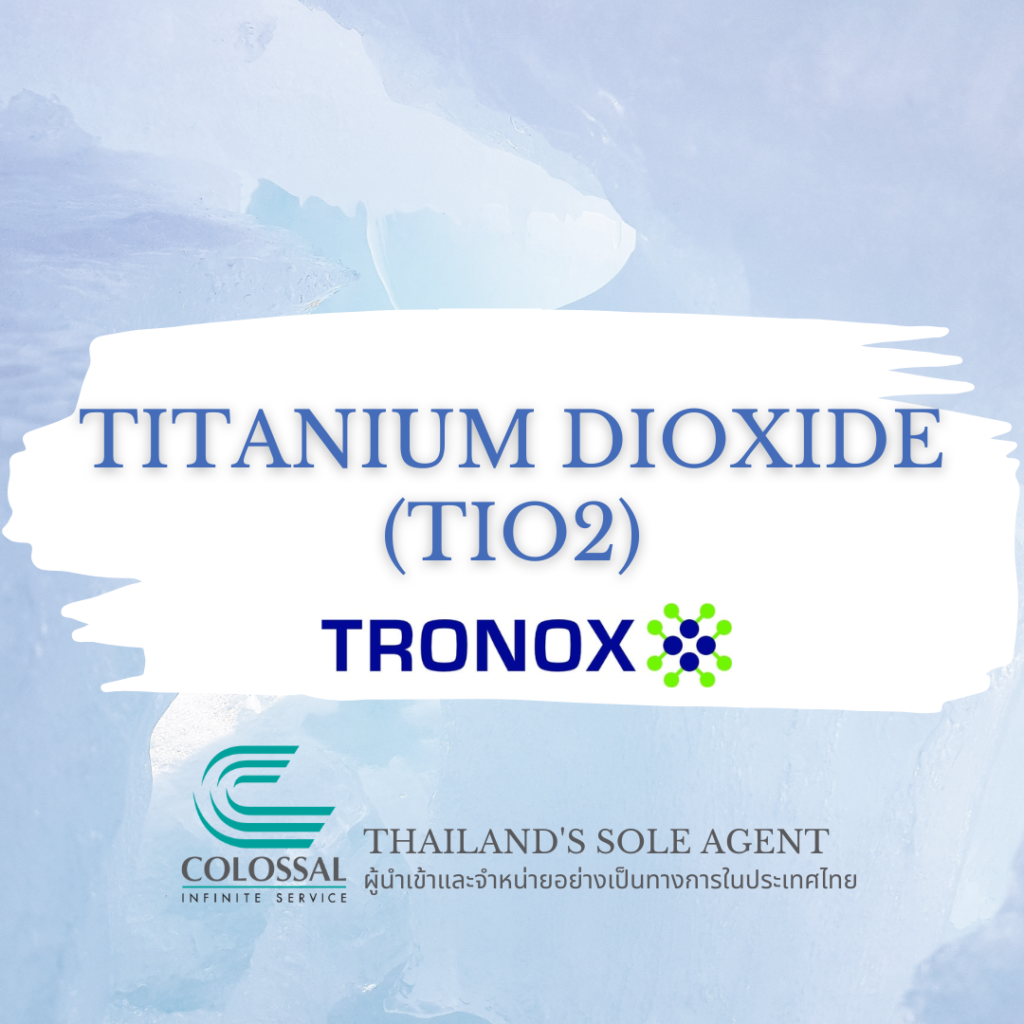
Titanium Dioxide (TiO2; ไทเทเนียม ไดออกไซด์) เป็น ออกไซด์ของแร่ไทเทเนียมธรรมชาติ เป็นที่นิยมใช้ในหลากหลายอุตสาหกรรมเนื่องจากมีคุณสมบัติพิเศษ เช่น ทึบแสง มีค่าดัชนีการหักเหแสงสูง และทนต่อรังสี UV
ไทเทเนียม ไดออกไซด์ มีวิธีการผลิตมาจาก 2 กระบวนการ คือ
1) กระบวนการจากคลอไรด์ (Chloride Process): ในกระบวนการนี้จะใช้ก๊าซคลอรีนและถ่านโค้กมาทำปฏิกิริยากับแร่รูไทล์ (Rutile) และ แร่อิลเมไนต์ (Ilmenite) ในสภาวะที่อุณหภูมิสูงจะทำให้ได้ผลผลิตคือไทเทเนียม เตตระคลอไรด์ (Titanium Tetrachloride; TiCl4) หลังจากนั้นไทเทเนียม เตตระคลอไรด์จะถูกนำไปออกซิไดซ์ (Oxidize) ด้วยก๊าซออกซิเจน ซึ่งจะได้ผลผลิตออกมาเป็นไทเทเนียม ไดออกไซด์บริสุทธิ์
2) กระบวนการจากซัลเฟต (Sulfate Process): ในกระบวนการนี้จะใช้กรดซัลฟิวริกมาทำปฏิกิริยากับแร่อิลเมไนต์เพื่อผลิตสารละลายไทเทเนียม ซัลเฟต หลังจากนั้นสารละลายดังกล่าวจะถูกทำปฏิกิริยา Hydrolysis ซึ่งทำให้ได้ผลผลิตเป็นไทเทเนียม ไดออกไซด์
หลังจากที่ผลิตได้แล้วผู้ผลิตอาจจะนำเข้าสู่กระบวนการอื่นๆเพิ่มเติมเพื่อเพิ่มคุณสมบัติพิเศษขึ้นอยู่กับวัตถุประสงค์การใช้งาน เช่น นำไปเคลือบด้วยสารจำพวกซิลิกาหรืออลูมินา เพื่อเพิ่มความสามารถในการกระจายตัวในของเหลว หรือเพิ่มความทนทานต่อสภาพอากาศเป็นต้น นอกจากนี้อาจจะมีการปรับสภาพพื้นผิวด้วยสารเคมีต่างๆเพื่อปรับคุณสมบัติเพิ่มเติมได้
ด้วยคุณสมบัติค่าดัชนีการหักเหแสงสูง ไทเทเนียม ไดออกไซด์จึงเป็นที่นิยมใช้เป็น pigment สีขาว ในหลายอุตสาหกรรม เช่น อุตสาหกรรมสี วัสดุพื้นผิวที่ต้องการการปกป้อง พลาสติก กระดาษ และเครื่องสำอางค์ โดยมีความทนต่อแสง UV ซึ่งนำไปใช้ในครีมกันแดดได้อีกด้วย
Titanium Dioxide (TiO2) is a naturally occurring oxide of Titanium that is commonly used in various industries due to its unique properties, such as high refractive index, high opacity, and UV resistance.
There are two main methods for producing Titanium Dioxide:
1. Chloride Process: In this process, high-quality rutile or ilmenite ores are treated with chlorine gas and coke at high temperatures to produce Titanium Tetrachloride (TiCl4). The TiCl4 is then oxidized with oxygen to produce pure TiO2.
2. Sulfate Process: In this process, ilmenite ores are digested with Sulfuric acid to produce a Titanium Sulfate solution. The solution is then hydrolyzed to precipitate TiO2.
After production, TiO2 can be further processed to improve its properties for specific applications. For example, it can be coated with materials such as silica or alumina to improve its dispersibility in liquids or to enhance its resistance to weathering. It can also be surface-treated with various chemicals to modify its surface properties.
TiO2 is commonly used in a wide range of applications, including paint, coatings, plastics, paper, and cosmetics. Its high refractive index makes it a popular choice for white pigments, and its UV resistance makes it useful for sunscreens and other protective coatings.
#colossalinternational #Additive #Printing #ColossalInternational #Colossal #coating #graphicart #paint #TitaniumDioxide #tio2
- Paints & Graphic Arts
- Plastic
- Rubber
Address
731/38-43 Ratchadapisek Rd. Bangpongpang Yannawa Bangkok 10120
Office Hours
Monday–Friday: 8:00AM–5:00PM

